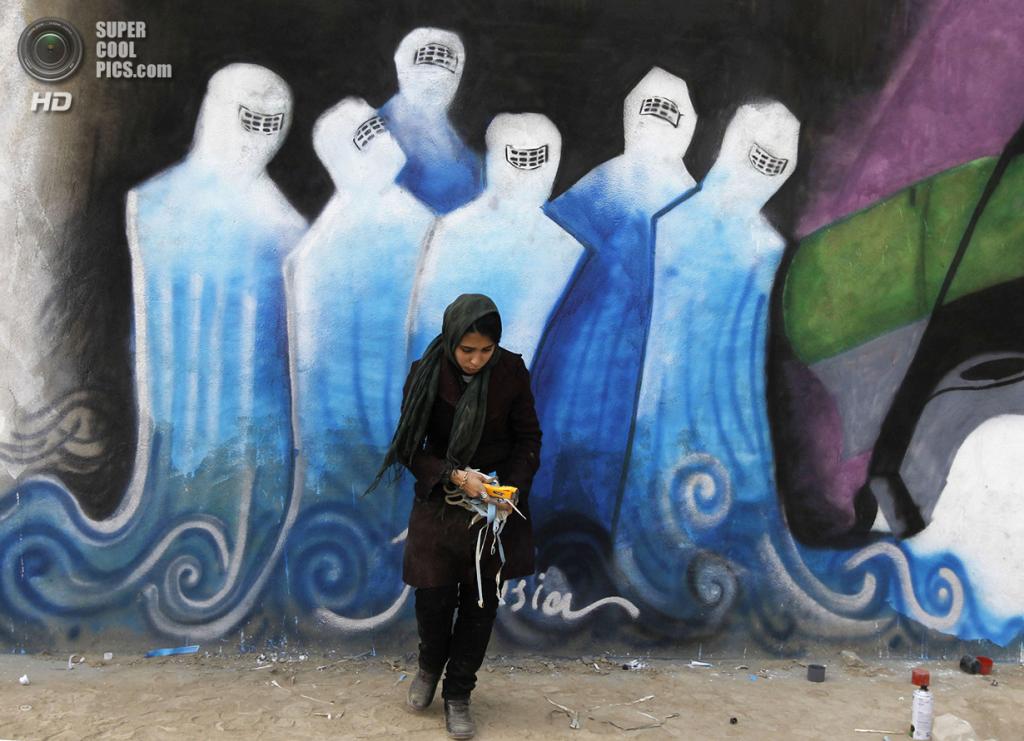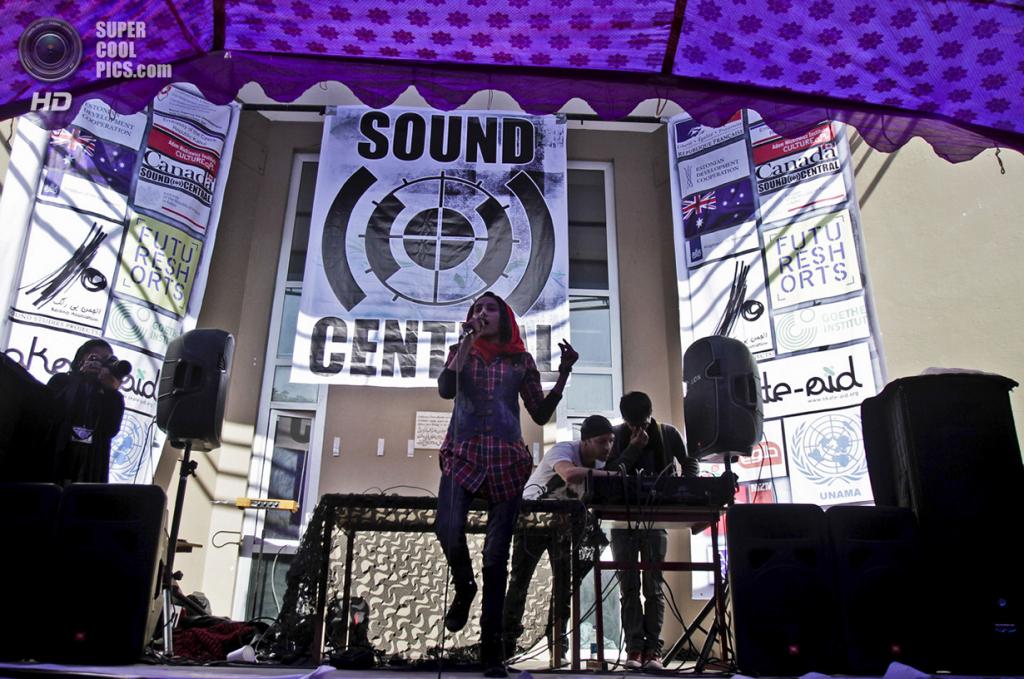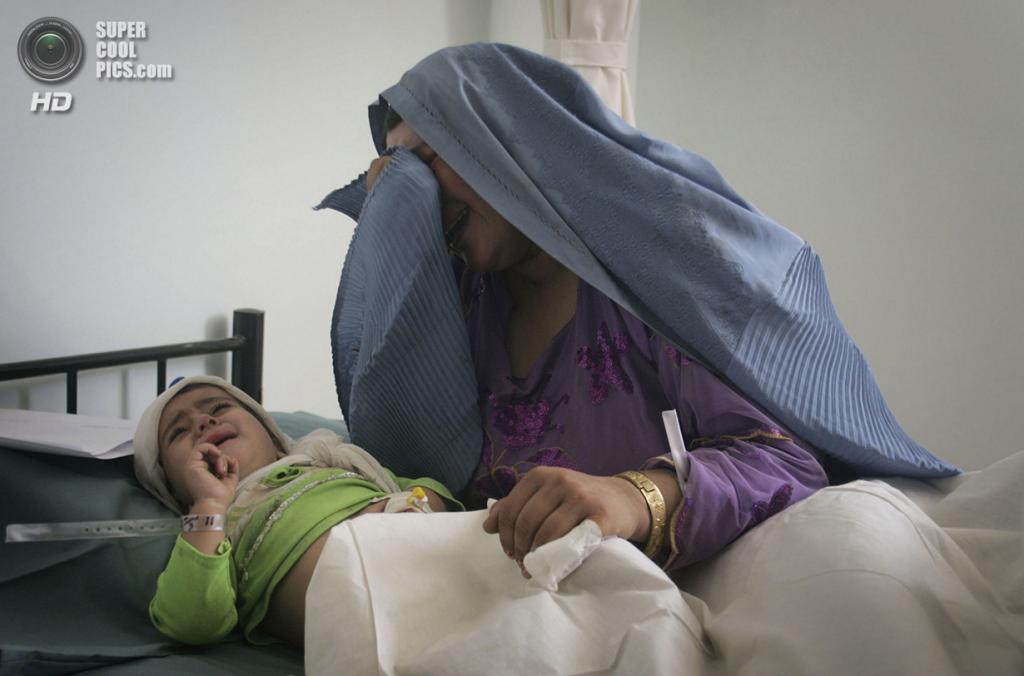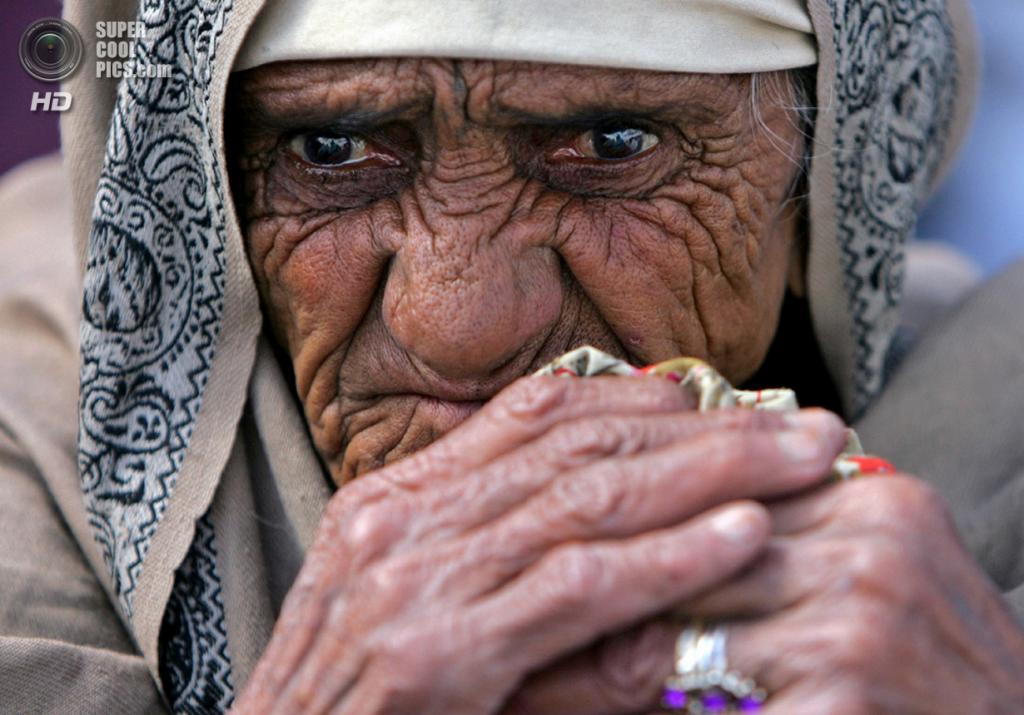By Sarah Rainsford BBC
News, Perico
For decades the Ganga-Longoba of
Perico have been singing the same chants, a tradition passed down the
generations.
But until recently this Afro-Cuban community knew little of the origin of the
songs, or of their own ancestors.
Now, thanks to the work of an Australian academic, Cuba's Ganga believe their
roots lie in a remote village in Sierra Leone from where it is thought their
relatives were sold into slavery more than 170 years ago.
"When I first filmed the Ganga-Longoba, I believed their ceremonies were a
mixture of many different ethnic groups," says historian Emma Christopher, of
Sydney University.
"I had no idea that a large number of Ganga songs would come from just one
village. I think that's extremely unusual," she says.
The initial breakthrough came when a group in Liberia saw her footage of a
Cuban ceremony and recognised part of a local ritual.
Spurred on to seek the songs' exact origins, the academic spent two years
showing the film across the region until she confirmed that the Cubans were
singing in the almost extinct language of an ethnic group decimated by the slave
trade.
Continue reading the main
story
 Almost a million Africans were forcibly shipped to
Cuba during more than three centuries of the transatlantic slave trade
Almost a million Africans were forcibly shipped to
Cuba during more than three centuries of the transatlantic slave trade
 The Cuban Ganga still perform the songs their
predecessors brought with them, almost unchanged
The Cuban Ganga still perform the songs their
predecessors brought with them, almost unchanged
 Now an Australian academic believes she has traced
the roots of those songs to one remote village in Sierra Leone where they once
formed the initiation rites to a secret society
Now an Australian academic believes she has traced
the roots of those songs to one remote village in Sierra Leone where they once
formed the initiation rites to a secret society
 These days the main Ganga ceremony in Cuba is in
December to worship Yebbe, their name for St Lazarus (San Lazaro), with dancing,
drumming and singing into the early hours
These days the main Ganga ceremony in Cuba is in
December to worship Yebbe, their name for St Lazarus (San Lazaro), with dancing,
drumming and singing into the early hours
 Once the Cuban Ganga discovered their roots in Sierra
Leone they were impatient to visit - many in Perico wonder about their own
origins.
Once the Cuban Ganga discovered their roots in Sierra
Leone they were impatient to visit - many in Perico wonder about their own
origins.
Her enquiries finally led her to Mokpangumba, where
villagers not only identified the Banta language but recognised songs and dances
from the initiation ceremony for their own secret society, devoted to healing.
"That's the moment when they said: 'They are we'," Dr Christopher recalls,
describing how the incredulous Africans began singing and dancing along with the
Cubans on screen.
They identified nine of the songs in total, despite lyrics twisted over the
decades and distance. For the villagers it was compelling proof that the people
of Perico were family.
Safeguarding tradition
During more than three centuries of transatlantic trade, just short of a
million slaves were shipped to Cuba. The vast majority were trafficked in the
19th Century as forced labour for the island's vast sugar plantations.
The songs the Cubans have kept alive are in the Banta
language, which is almost extinct in Africa now
The village of Mokpangumba in Sierra Leone has
remained extremely isolated
Dr Christopher has singled out a woman known by her slave-name "Josefa" as
the likely link between Perico and Sierra Leone. It's thought she arrived in the
1830s when the Gallinas slaving port was most active.
The local plantation owner includes a Josefa Ganga amongst the property in
his will: below his real estate, and just above livestock.
Remarkably, Josefa survived to see the 1886 abolition of slavery in Cuba -
far exceeding the average seven-year life expectancy for slaves here, where
conditions were brutal - and she managed to safeguard the songs and traditions
of home.
Divided 'family'
"Someone once said we originated from the Congo, but I always had doubts,"
says Alfredo Duquesne, an artist whose work has long been inspired by African
themes but who has never known where his own roots lay.
"It bothered me. I wanted to know where I came from," he
explains in his single-storey home crowded with woodcarvings, near where his
ancestors would once have laboured in the cane fields.
The Santa Elena plantation has long gone. But many descendants of its former
slaves still remain in the small town of Perico, including the group labelled
"Ganga" by those who trafficked them.
Every December they meet to pray to Yebbe, as the Ganga call San Lazaro (St
Lazarus), in a night-long ceremony of dance, drumming and song that has remained
intact through the decades.
San Lazaro is a saint known for curing the sick, and is revered by Roman
Catholic and syncretic faiths in Cuba.
It was Florinda Diago, thought to be Josefa's great-granddaughter, who
preserved their heritage in Cuba; she then entrusted that task to the current
"grande dame" of the Ganga community, a frail but feisty woman in her 80s known
as Piyuya.
The healing secrets have been lost, but Piyuya can still sing every chant:
songs of lament and joy for the dead and in celebration. In the 1980s she wrote
out their lyrics for the first time, alongside hand-drawn flowers in a now
yellowed and tattered notebook.
Organising a reunion for the divided "family" wasn't easy given restrictions
on travelling from Cuba at the time, and limited resources. But eventually, four
Cubans did make their ancestors' voyage in reverse - to Sierra Leone.
 The villagers of Mokpangumba see the Cuban Ganga as
long lost relatives and gave them the warmest welcome
The villagers of Mokpangumba see the Cuban Ganga as
long lost relatives and gave them the warmest welcome
 Elvira Fumero recalls the "explosion" when she first
started singing, and the villagers joined in with her
Elvira Fumero recalls the "explosion" when she first
started singing, and the villagers joined in with her
The incredible safeguarding of traditions has allowed
Afro-Cuban descendants to discover their roots at last
"When I opened my mouth to sing, they just stood there staring," Elvira
Fumero recalls of her arrival in Mokpangumba.
"Then it was like an explosion. They started to sing the responses, and dance
with me. And I knew then that this was where the Ganga came from," she says,
smiling.
The Cubans' journey - to Africa, and uncovering their own roots - is captured
in a documentary by the Australian academic that shows the two groups singing
and celebrating together as well as sharing more modern traditions like
baseball.
It's still a rare experience for most Afro-Cubans.
"Cuba was cut off at a time when other nations in the Americas were going
through black pride and fighting for some justice for what happened to their
ancestors," says Dr Christopher, who points out that the island's 1959
revolution declared racism "solved".
"That left a lot of Afro-Cubans adrift, not knowing how to celebrate where
they came from and be proud of it," she says.
Whilst many Cubans of Spanish descent have rushed to seek out their ancestry
- and passports - Afro-Cubans have been far less anxious to do the same.
But for Alfredo Duquesne, visiting Sierra Leone changed everything.
"It was as if I'd just left the previous weekend. I touched the soil and
thought: 'This is it. I've come back,'" he says, describing himself now as "at
peace".
"At last I know where I come from," Alfredo says. "I'm not a stranger any
more."









